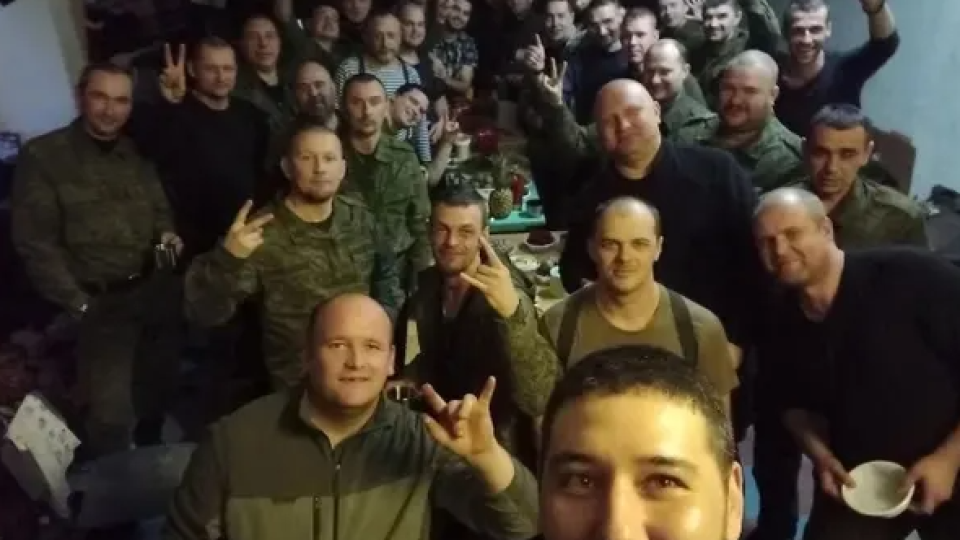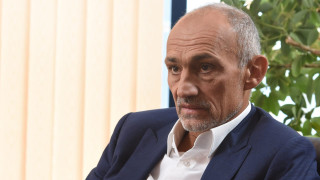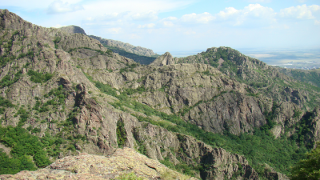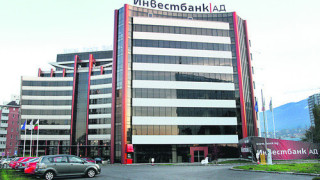Fifteen minutes before midnight, a young Russian conscript named Danila, who had been sent to fight in Ukraine, picked up his phone to write a message to his family and friends back home in a small town in the Samara region. It was 31 December.
“We congratulated each other, wished each other the best for the new year, and then he was gone,” said a close friend who wrote with him that night.
Minutes later, a US-made Himars rocket slammed into Professional Technical School No. 19 in Makiivka, a city in eastern Ukraine under Russian occupation. It took nearly 50 days for Danila’s remains to be identified beneath the rubble. His family spent weeks calling local hospitals and a military hotline, where they were told to wait for news that never seemed to come.
The massive strike that killed at least 100 soldiers from a single Russian region, most of them mobilised to fight in Vladimir Putin’s invasion of Ukraine, exhibits the tensions on the home front that have been stoked by the war, and how the Kremlin has dipped into a deep well of patriotism and propaganda to maintain its war effort despite the deaths of tens of thousands of Russian soldiers in the past year.
The friend, who agreed to speak with the Guardian anonymously, described Danila, in his early 20s, as a welder who had worked for an uncle in Crimea before returning to his native Samara for the weekend and receiving a summons to go to war.
As a self-professed patriot who said he would “never let Russia be occupied”, he did not try to dodge the draft. “When he got his call-up papers, he immediately said that he was going,” said the friend. “He said, ‘What am I, some bum or loser to run away from this? That means my fate is to be a soldier.’”









Leave a comment